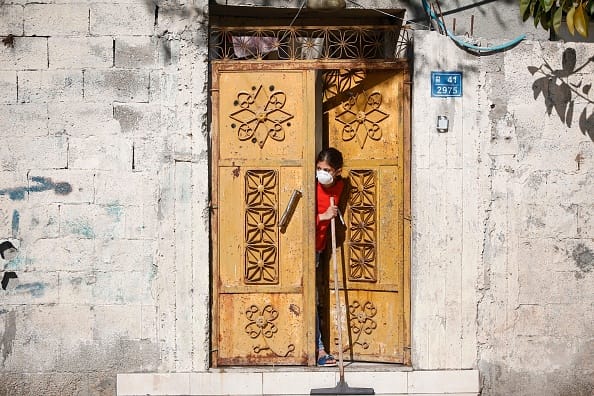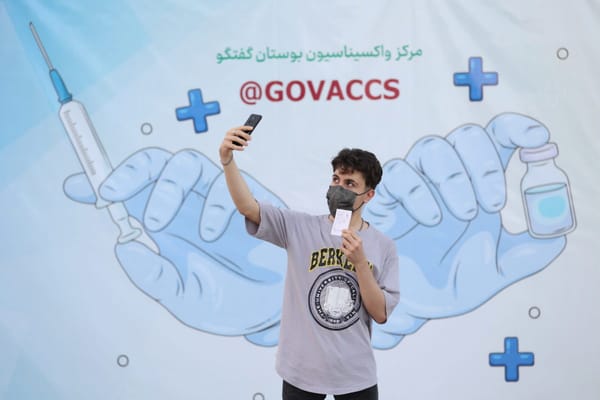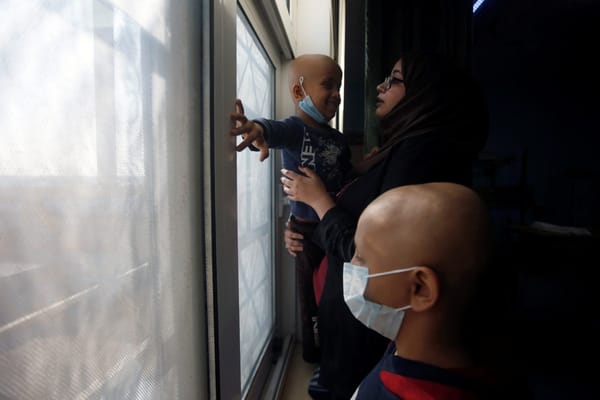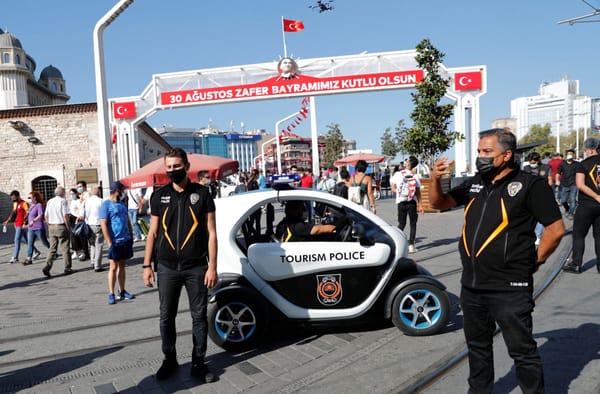Voices from the Middle East: COVID-19 Threatens Disaster in Blockaded Gaza
Gaza's health system has been severely weakened by 13 years of Israeli land, sea and air blockade. With 2 million residents and not enough hospital beds, protective equipment and other essentials, the arrival of COVID-19 could spell disaster. Danya Qato gets the details of Gaza's dire situation and











